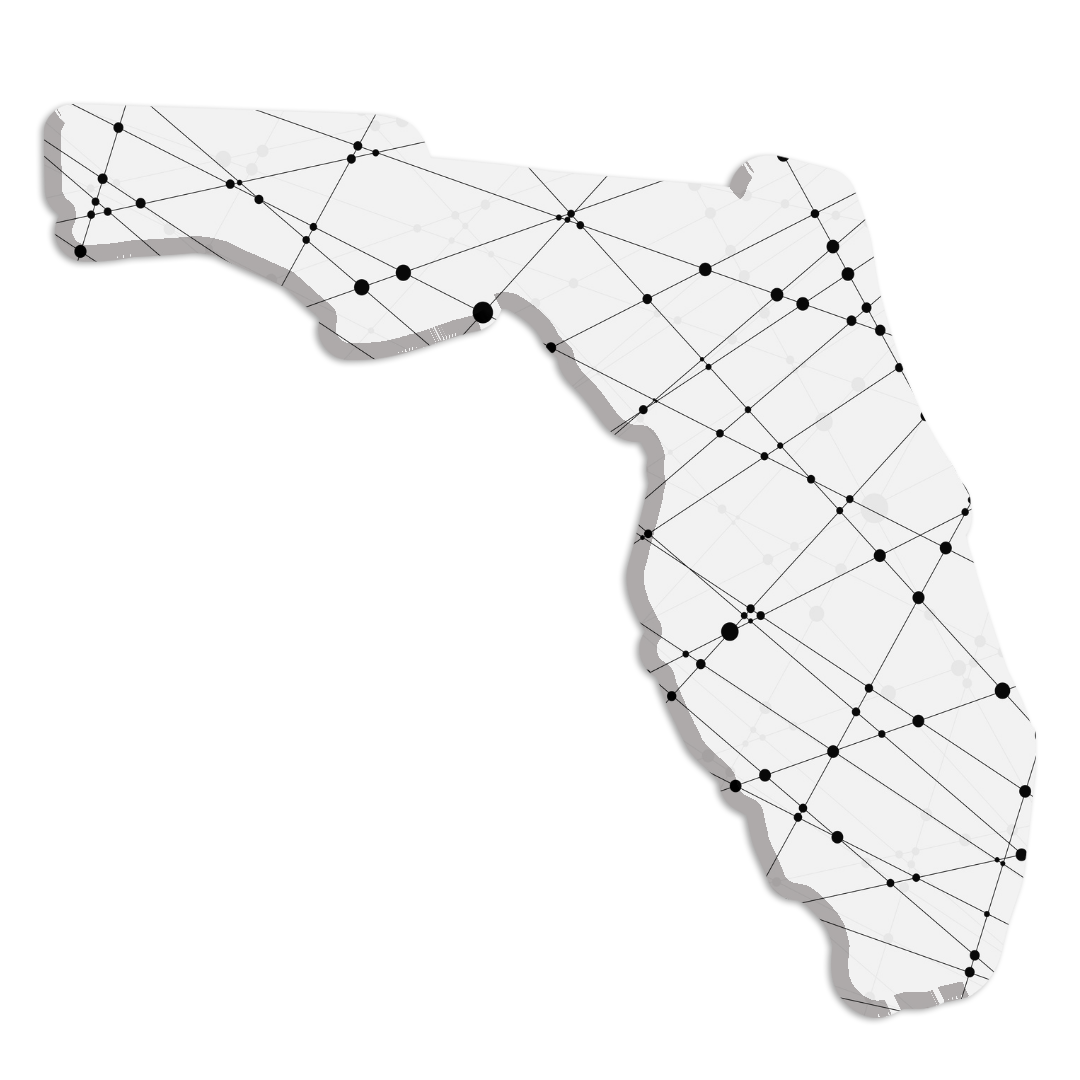
The Florida Constitution prohibits the GOP-dominated Legislature from redistricting to intentionally keep Republicans in power. But what if it happens by mistake?
Much of a Tuesday meeting of the House Redistricting Committee centered around the question of what, exactly, constitutes partisan mapmaking. While that’s a dicey question in any arena, a lawyer advising lawmakers said it’s certainly about more than who wins elections next year.
“It all comes back to intent,” said Andy Bardos, outside counsel from GrayRobinson, in a presentation to the Redistricting Committee. “Why is the Legislature drawing the way it is doing it and why is it choosing what it’s choosing?”
Bardos stressed partisan motives can’t drive the Florida Legislature’s redistricting process. But there’s still a good chance many districts will favor one party or another, even if completely different motivations justify the lines falling where they do.
So what can lawmakers consider? Existing boundaries like city limits and county lines have been viewed by courts as a legitimate guide for political cartographers. The same goes for rivers, roads and railroad tracks. If a voter can easily tell what district they live in based on a landmark, that’s easier to defend in court than an arbitrary divide.
The district cannot take into account the address of incumbent lawmakers, and it’s quite possible the Legislature will end up drawing sitting members into the same jurisdictions, committee leaders warned. Certainly, lawmakers can’t intentionally thumb the scales to help one party over the other.
But there are also requirements placed on the Legislature through the Voting Rights Act and Florida’s Fair Districts constitutional amendment that require protecting the voice of minority communities. Bardos said any map coming out of the process should result in at least as much minority representation as exists today.
That said, if minorities share a partisan preference, which is practically a requirement to be considered a minority group that consistently elects similar candidates, then that could result if voters from one party are disproportionately concentrated in one district at the expense of the balance to neighboring districts.
And notably, political balance isn’t required of the Legislature at all.
Rep. Tom Leek, an Ormond Beach Republican and chair of the Redistricting Committee, said that’s important to remember if anyone thinks the map should naturally produce a legislative makeup similar to statewide elections.
“We should not suggest we should rebalance a map based on the partisan split in the last Governor’s race,” he said. “That will lead us on a path that is disastrous and wrong.”
Democrats, who notably control just 42 of 120 seats in the Legislature despite three of the last six statewide elections coming down to recount margins, took some issue with that notion.
Rep. Fentrice Driskell, a Tampa Democrat, pressed Bardos on whether the Legislature could come back and redistrict again in the decade if it appears the outcome of elections isn’t correlating frequently with legislative races.
“It sounds like and looks to me like the court made a legal decision that allows the Legislature to make a policy decision to go back and look if it wants to,” she said.
Rep. Joe Geller, an Aventura Democrat and ranking member of the Redistricting Committee, pressed on whether any decision made, by nature of choosing one map over another, could be considered a political one.
When Leek discussed rebalancing based on a statewide election showing a more divided electorate than the House makeup suggests, Geller asked if even that presumption in motive to rebalancing a map demonstrated a bad motive in drawing the original districts.
“That also presupposes there is a policy-based map that has been arrived at and which someone is seeking to redraw with an eye on partisan differences,” Geller said.
Bardos said ultimately some of these questions may need to be answered and debated in court, with a judge making a final determination.
Notably, the Florida Supreme Court in 2015 ruled the Legislature in its last redistricting effort failed to follow the Fair Districts amendment. Justices ended up instating a whole new map statewide for the Florida Senate and Congress. The House map produced by the Legislature passed court muster.
Leek said tension in the legislative process should put any justification of decisions to the test.
“There must be a reason for every line in the map,” he said. “I’m confident the minority caucus will assure whatever lines are drawn, there will be an articulated reason.”



